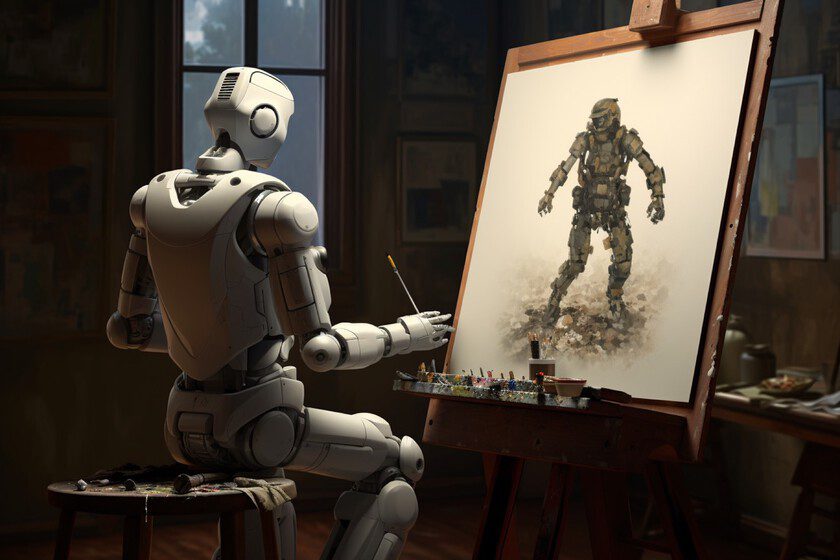We are close to completing the first year of life after ChatGPT, the lightning that struck and froze the blood of entire guilds that they saw We saw how the rules of our profession could change overnight. This was a clear turning point for changing the societal perception of generative artificial intelligence: it was no longer a technical, future-bound topic accessible to people with advanced knowledge, but rather present, accessible to anyone and with tangible results.
Now that almost a year has passed, we can look back and understand the paradox that this massive burst of generative AI represented: incomplete and wholly imperfect products that triumphed against all odds because their technology was so good it was inevitable.
Non-deterrent errors
Let’s start with ChatGPT. Almost any brand strategist would recoil from this name if what you were looking for was to achieve massive commercial success. This is about trends, you know. The era of -ly, like Calendly, Grammarly, Optimizely… The era of -fy, like Spotify, Chicfy, Cabify… Or the era of removing the last vowel, like Twttr (the original name of Twitter), DAZN , Tumblr, Scribd, Grindr…
ChatGPT has ditched following any trend book and made a name for itself barelybut it also came up in a way that any startup best practice manual today doesn’t recommend: no mobile app. It took several months for it to arrive and it did so when everyone already knew of its existence and it was a huge success.
Not to mention hallucinations and fact shifts, even with ChatGPT Plus. ChatGPT’s technology was so good (despite GPT being known for years) that none of this mattered to be a turning point in our lives.
Something similar happened with Midjourney, which, since it doesn’t have one, doesn’t even have a website where the tool works, something that would also sound outrageous for a project with its mission. Neither the app nor the website, it “only” offers its service through Discord, which would already be perceived as an inaccessible barrier for anyone who was not looking for results on Discord itself, such as a voice modulator for their chat.
That didn’t stop her from being crowned the Queen of Image Generative Artificial Intelligence. Even inaccuracy didn’t stop him, not to say messed up, which he did when he was supposed to represent the hand.
Hands were a weakness of these tools, as the place to learn how to make them, photographs, often show incomplete, closed hands, revealing only a few fingers, making it difficult for such a tool to assume what the hand really is. what it looks like and how it works.
This is now largely overcome, but that didn’t stop it from continuing to be used even at the cost of finding formulas that didn’t include the appearance of those alien hands. Too good to resist something avoidable.
Bard has gone through something like this to a lesser extent: his hallucinations are terrible, but when he’s effective, it’s so convenient that it’s still worth giving him a chance. We can also talk about Claude, specialized in the analysis of very long texts, who made his debut with the process onboarding confusing to say the least… but again enough to compensate.
Or Github Copilot, convenient and facilitating tasks for programmers, but without conceptual errors and ending with adding extra lines.
None of this mattered, because these years are the beginning of the massification of these instruments. At the other end of the scale are services with much more effort in marketing and visual identity They simply have to pursue their potential users much more because their technology alone is not enough.

There is nothing wrong with that, perfection is not always achieved, but of course this can make you re-evaluate your priorities. We don’t give other services a single error before we leave them. But they don’t have what these guys have.
In Xataka | AI fills the web with content. The question is what happens when there is feedback from this.
Featured Image | Xataka with Midjourney.

